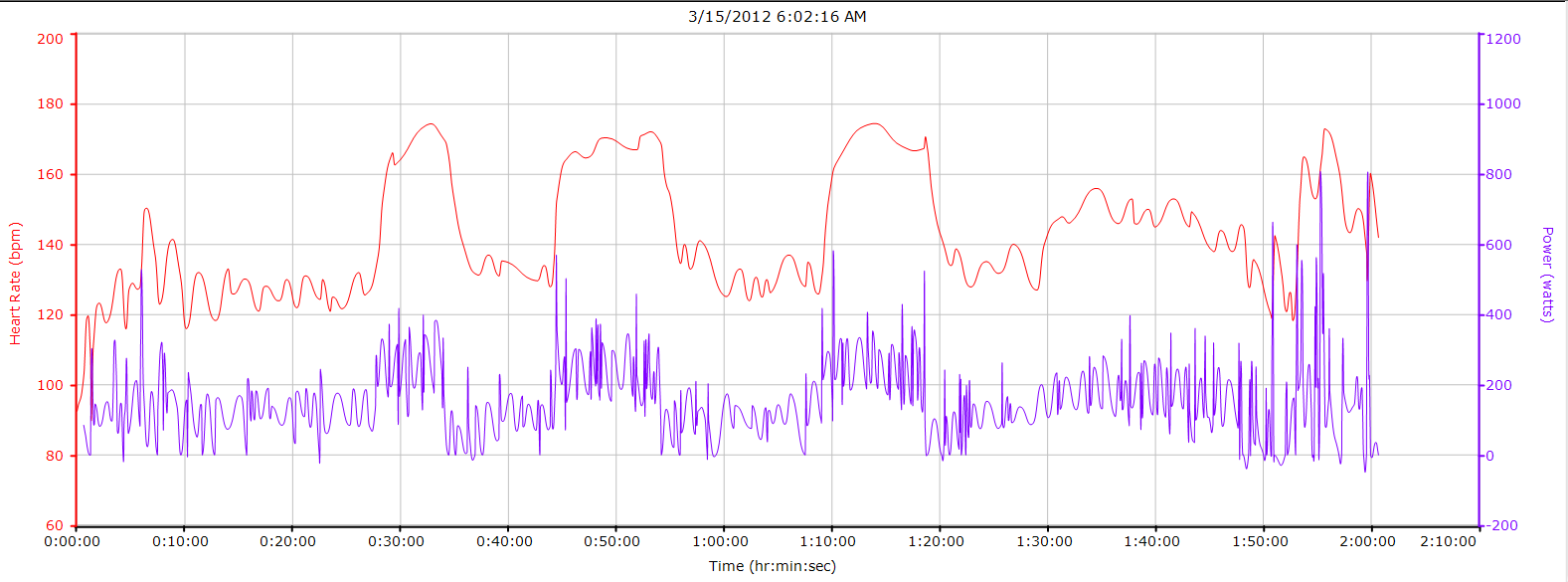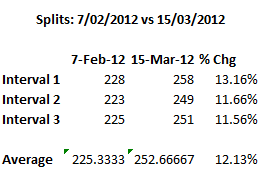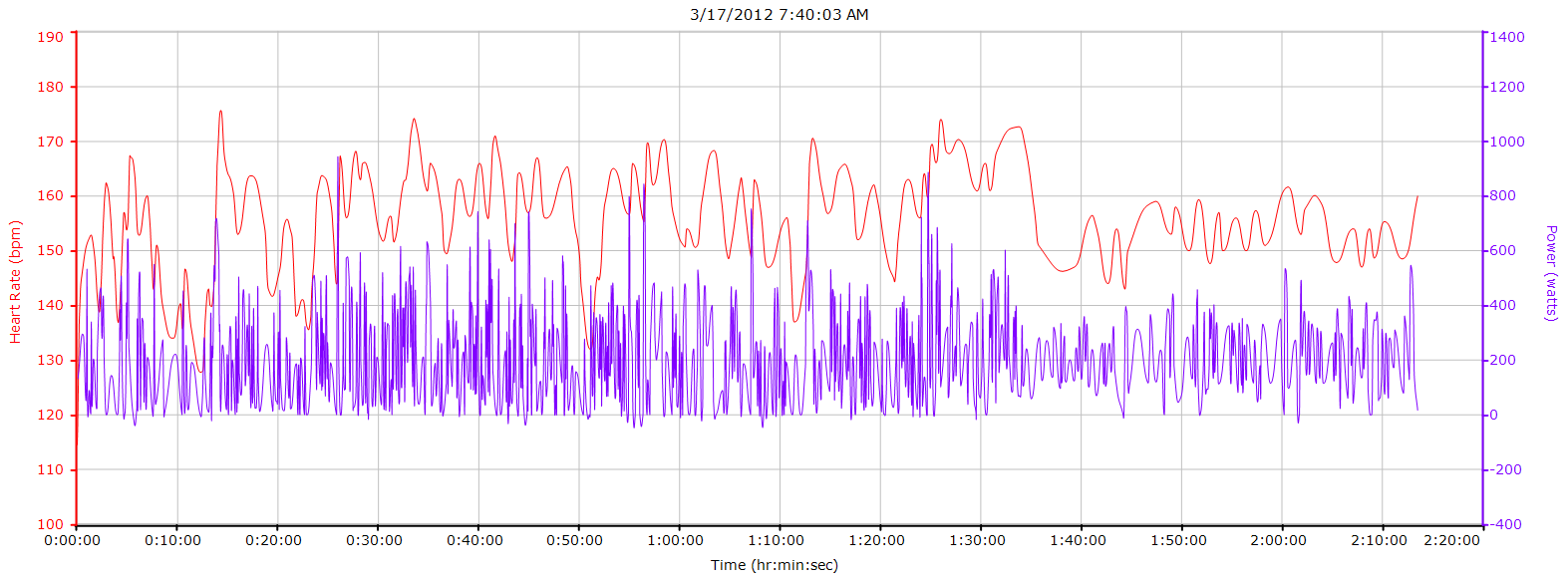Hey everyone,
I didn’t race this week, but it looks like the rest of my teammates had a lot of fun so I kind of regret not going, but I did get some good training in despite the lack of good weather/suitable courses. On Tuesday, it rained, and on Thursday through Sunday there was an art festival at Memorial Park, so the Picnic Loop was closed to bicycle traffic. This means that I couldn’t do my structured intervals as planned, but I went out anyway and rode from Memorial Park to Highway 6 and back again, keeping the heart rate at about 160 bpm and the average power above 200 w.
On Saturday, I drove back down to Clear Lake to ride with the folks at Space City Cycling Club. I really looked forward to this ride since I hadn’t done it since I started racing this year. In my opinion, it’s one of the best training rides in Houston since some of the best cyclists in Texas ride down there on weekends when they’re not racing. The pace usually speeds up to 30-34 mph at the beginning, and I almost always get dropped before I hit FM 517, but this time I managed to stay in contact until that point. I felt really good until I got boxed in by a bunch of people who couldn’t hold the pace, but I’m pretty sure I could have held on if I had paid more attention. This is actually a really important factor in racing because you need the ability to accurately gauge other riders’ fatigue in critical situations so you know whom to follow and whom to avoid. I tried chasing in vain at a pace of 32mph, but after I got tired I decided to work with a chase group and I did some long pulls of 2-3 minutes at 300 watts each. After 1:30:00, I measured my average power at 220 watts – about 7 w more than I had done at Fayetteville. 7 watts doesn’t sound like a lot, but it could mean the difference between hopelessly dropping off the back and staying in contact until the finish.
Coming back from the halfway mark, I felt fantastic. I kept doing the long 300 watt pulls at around three minutes each until I got a flat tire. Thankfully, a group of three guys helped me fix the flat, but 10 minutes later, one of the riders who helped me also flatted. It took a while for me to feel comfortable again, but at the end of three hours I averaged 207 watts – that’s a higher wattage over a longer period of time than both Walburg and Mineral Wells. I’m feeling optimistic, considering that this was just a training ride, and that I only averaged 173 watts on the same ride 2 months prior.
Average power isn’t everything, however. Sometimes the ability to maintain a high output for short periods of time during the right moments matters more. On the other hand, if you can maintain a greater number of peaks for longer periods of time, you won’t have to worry so much about timing your efforts correctly. In reality, the best racer will have both a superior level of fitness and an acute awareness of the overall racing situation. The physical fitness comes from good preparation, but the ability to time your efforts correctly allows you to conserve energy for those crucial moments when the pack surges. Without racing knowledge, your physical ability will never manifest itself during the moments that matter. I think that’s what separates the winners from those who are strong but not smart, and vice versa. I don’t consider myself to be strong or smart (yet), but I feel that I’m getting better at both and I’m looking forward to racing at Come and Take It this weekend. My finishes during the last two race weekends were really demoralizing, but when you’re down, you really have to keep at it – you have to take a moment to reflect on what went wrong, and then do the things in training that you weren’t able to do before. One main weakness in my training is that I don’t have specific goals – when I train, I come in with the attitude, “let’s do these intervals and see what happens,” but the problem is that it’s not focused or goal-oriented. Tomorrow, the weather looks good and I aim to do two 4-lap intervals at 170 bpm, while reducing the amount of rest between them from 4 laps to 3 laps. It’s harder than what I’ve been doing previously, so it’s definitely a step in the right direction.















